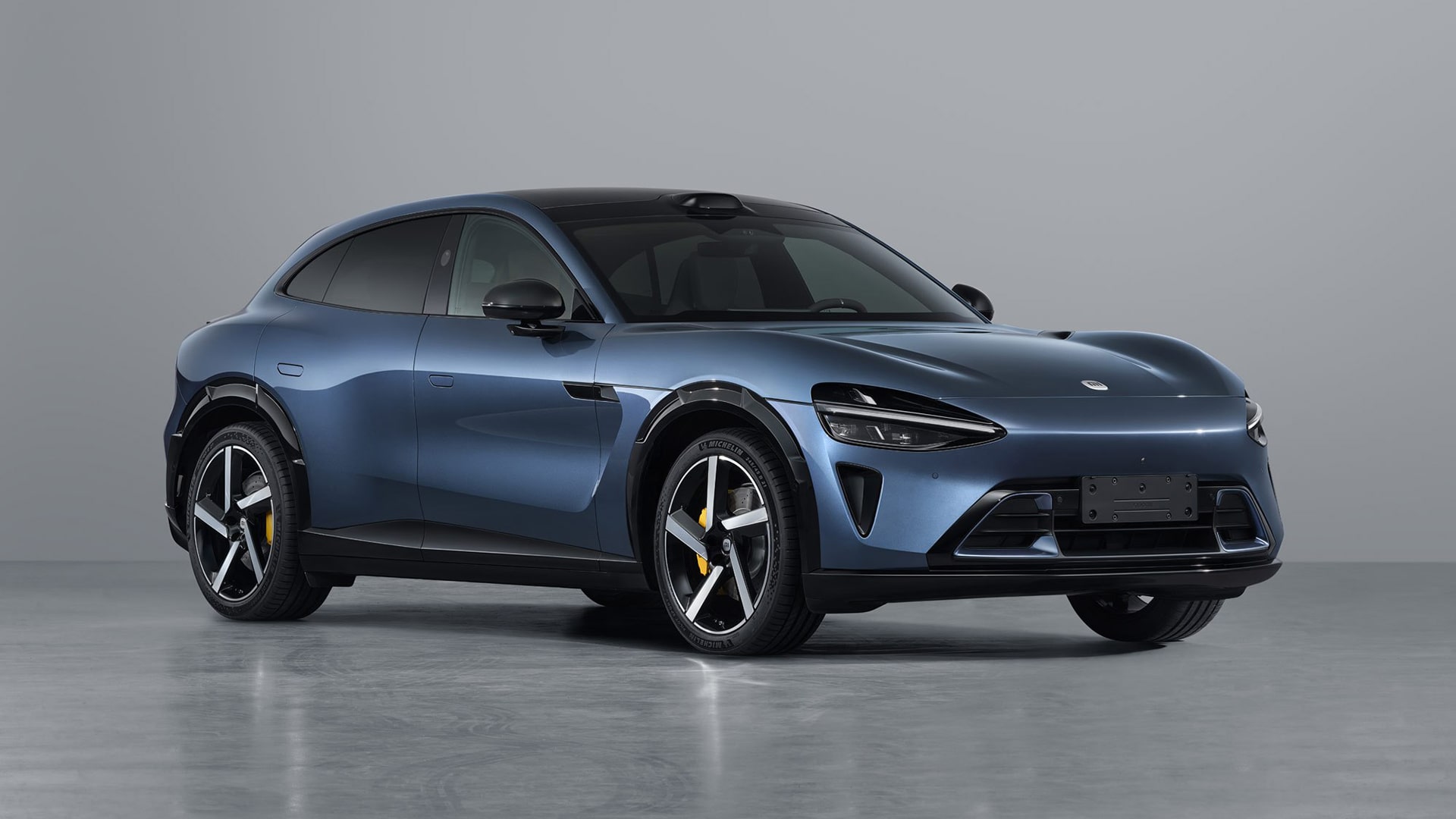What kind of car can you get for around RMB 250,000 (USD 35,000)?
In today’s China’s electric SUV market, that price would net you a well-rounded vehicle equipped with dual-chamber air suspension, a hot-and-cold mini fridge, and city-level assisted driving.
Chinese automaker Li Auto set a new benchmark for five-seat SUVs with its Li i6. Within three days of launch, it attracted buyers the brand had rarely reached before: single young customers and households without children.
The i6 has brought new energy to Li Auto’s showrooms. On launch day, test drives ran continuously, sales staff processed a steady flow of orders, and delivery times on the carmaker’s app quickly extended to two months.
“The customers coming in for the i6 are completely different from those for the L series or the Li i8,” one salesperson told 36Kr. “They are younger, make decisions faster, and walk in fully prepared. Most of them are comparing it to Tesla and Xiaomi.”
At the same event, Li Auto unveiled its first celebrity ambassador, Jackson Yee, signaling an effort to reposition itself with a younger audience.
Early signs suggest the move is paying off. In Beijing, several salespeople told 36Kr they had already locked in ten orders each, while in Shenzhen the numbers were even higher.
“Before the i6, the Li i8 was our main focus, but sales pressure was heavy, with regional offices assigning weekly targets of 20 orders per store,” a Beijing-based salesperson said. “Interest in the i6 is completely different. Our test drives were fully booked even before the launch event.”
For days after release, showroom test cars rarely sat idle. As of publication, Li Auto’s app listed estimated delivery times of 9–11 weeks.
Sales staff noted that the i6 has a very different buyer profile. A much larger share of customers are child-free households or single buyers, and they tend to move quickly from test drive to purchase.
“Many want delivery this year to benefit from tax breaks,” one salesperson said. “Almost all of them have also looked at the Tesla Model Y and Xiaomi YU7. Some even switched after placing deposits with Xiaomi.”
Why is the i6 attracting attention against established bestsellers? For most sales staff, the answer is price and value.
The i6 is priced at RMB 249,800 (USD 34,972). Until October 31, buyers get RMB 10,000 (USD 1,400) off, along with complimentary upgrades such as dual-chamber air suspension, a hot-and-cold fridge, and soft-close doors.
By comparison, the Tesla Model Y starts at RMB 263,500 (USD 36,890) with fewer features. Xiaomi’s YU7 does not offer air suspension until the Pro version at RMB 279,900 (USD 39,186), while self-close doors only appear on the Max trim at RMB 329,900 (USD 46,186).
“The i6 also comes with an electric panoramic sunshade and manual side window curtains,” several salespeople noted. “Tesla and Xiaomi are known for high-tech, eye-catching features, while Li Auto focuses more on comfort.”
Younger buyers, who are often more familiar with electric vehicle tradeoffs, see the i6’s focus on comfort and practicality as a differentiator.

Li Auto has historically positioned itself as a family brand, and most of its past models have reflected that.
In July, it launched the six-seat Li i8 in three trims based on assisted driving and entertainment features. Just a week later, Li Auto scrapped the segmentation and made assisted driving standard across a single version.
Even so, sales were weak. By September, weekly deliveries averaged about 1,000 units, and conversion rates remained low.
The struggle is partly due to fierce competition in the six-seat SUV segment.
The i8 starts at RMB 339,800 (USD 47,572). By comparison, Nio’s Onvo L90 is priced from RMB 265,800 (USD 37,212), or RMB 179,800 (USD 25,172) under a battery leasing plan, and sells more than 10,000 units a month. Nio’s ES8 begins at RMB 406,800 (USD 56,952), or RMB 299,800 (USD 41,972) with leasing, offering similar features. Aito’s M8 and Zeekr’s 9X have both surpassed 20,000 monthly deliveries, while Tesla has added a six-seat Model YL to its lineup.
With rivals combining rich feature sets and strong brand pull, the i8’s positioning looks less compelling.
The five-seat SUV segment is also crowded. Tesla’s Model Y has sold more than 400,000 units annually in China for several years, and Xiaomi’s YU7 drew 200,000 preorders within minutes of launch. Other brands, including Aito, Luxeed, IM Motors, and Avatr, have attempted to enter this space with little success.
Why, then, is Li Auto competing here?
A Li Auto insider pointed to the Li L6 as a turning point. Research showed that many of its owners were singles and child-free households.
“We studied these users in depth,” the insider said. “When we developed the i6, we made targeted adjustments. For example, while air suspension in the L series emphasizes comfort, the i6 is tuned more for handling, which appeals to younger buyers.”
Sales staff also noted that the higher-end L series has built credibility, giving Li Auto an edge among new demographics.
In short, the i6 combines brand strength with accessible value. Xiaomi’s YU7 appeals through design, while the i6 emphasizes comfort. Together, these qualities—brand reputation, design, and comfort—are shaping car-buying decisions among younger consumers.
From hiring Yee as ambassador to the i6’s strong showroom reception, Li Auto is making a clear push to move past its “dad car” label. With growth slowing and its customer base narrowing, the company needs a new growth driver, and the i6 is positioned to fill that role.
KrASIA Connection features translated and adapted content that was originally published by 36Kr. This article was written by Xu Caiyu for 36Kr.
